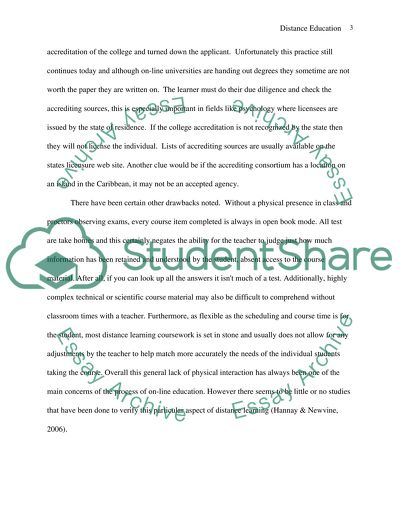Cite this document
(Traditional and Online Learning Assignment Example | Topics and Well Written Essays - 2104 words, n.d.)
Traditional and Online Learning Assignment Example | Topics and Well Written Essays - 2104 words. Retrieved from https://studentshare.org/education/1543520-distace-education-comparing-traditional-and-online-learning
Traditional and Online Learning Assignment Example | Topics and Well Written Essays - 2104 words. Retrieved from https://studentshare.org/education/1543520-distace-education-comparing-traditional-and-online-learning
(Traditional and Online Learning Assignment Example | Topics and Well Written Essays - 2104 Words)
Traditional and Online Learning Assignment Example | Topics and Well Written Essays - 2104 Words. https://studentshare.org/education/1543520-distace-education-comparing-traditional-and-online-learning.
Traditional and Online Learning Assignment Example | Topics and Well Written Essays - 2104 Words. https://studentshare.org/education/1543520-distace-education-comparing-traditional-and-online-learning.
“Traditional and Online Learning Assignment Example | Topics and Well Written Essays - 2104 Words”, n.d. https://studentshare.org/education/1543520-distace-education-comparing-traditional-and-online-learning.


